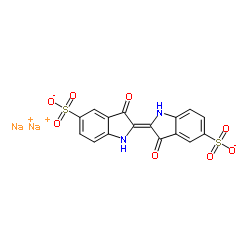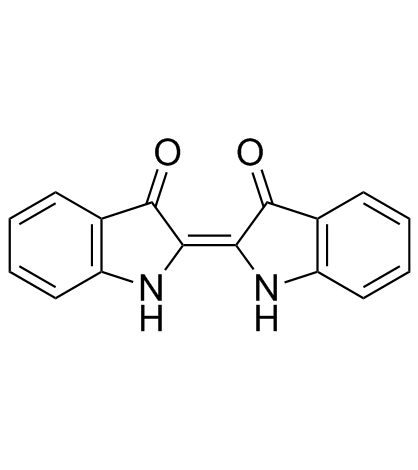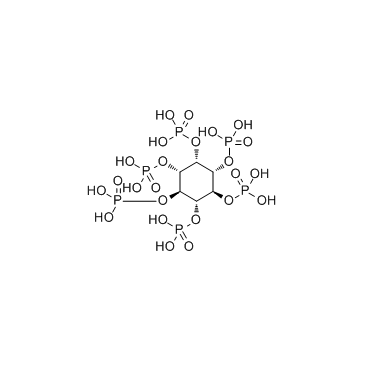| Structure | Name/CAS No. | Articles |
|---|---|---|
 |
Indigo carmine
CAS:860-22-0 |
|
 |
Indocyanine Green
CAS:3599-32-4 |
|
 |
Indigo
CAS:482-89-3 |
|
 |
Phytic acid
CAS:83-86-3 |